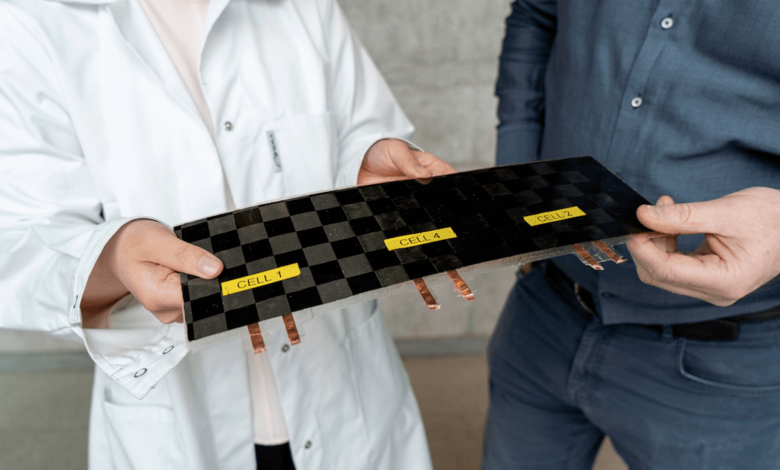From Sweden the ultralight structural Carbon fiber batteries

The new structural carbon fiber batteries
Bringing an ultra-light and flexible battery to market using the potential of carbon fibers could give a new face to integrated energy storage. This at least is the hope of Sinonus, a spin-out of Chalmers Technical University and KTH, now part of the portfolio of Chalmers Ventures. The young company is working with this material to transform objects such as cars, wind turbines and buildings into real structural batteries.
A dream that already has solid roots. The technology to make these devices was developed by researchers at Chalmers University of Technology, through many years of research. Evaluating potential, safety and performance. It’s the same university that estimated how carbon-based structural batteries would have the potential to increase the range of light electric vehicles by 70 percent.
Today Sinonus takes the next step. “To enable greater system efficiency, we have developed a carbon fiber composite that can provide structural strength and store energy, all in one,” reads the company website. “This way we can use the mass that is ‘already there’ to store energy, with the additional possibility of reducing weight, volume and improving the system’s overall performance”.
Carbon fibers, the role in the accumulation
Carbon fiber is a durable and lightweight construction material that can store energy electrochemically. Sinonus uses this multifunctionality to create real structural carbon fiber batteries that conserve electricity and become an integral part of the final product.
“We achieve this by using the structural strength of carbon fibers, while leaving them to serve as electrodes in the battery cell. This, in combination with a specially developed electrolyte, makes it possible to build lightweight and structurally robust devices with integrated electric storage capacity”.
Where are we
The company reports that it has already demonstrated the potential of its technology by replacing AAA batteries in low-energy products at the laboratory level. But it’s too early to call for a technological breakthrough. To date, there is a total lack of information on the energy density, that is, how much energy these batteries can store for a given weight.
One thing is certain: at the moment they cannot compete with lithium-ion batteries and even with its most desirable alternatives. In 2021, the prototype built by the Swedish university had reached a density of just 24 Wh/kg. That is about 20% of the capacity of lithium rechargeable on the market. But then one of the project leaders, Leif Asp, had estimated that the technology could reach an energy density of 75 Wh/kg (and a rigidity of 75 gpa).
“Storing electricity in carbon fiber may not become as efficient as conventional batteries,” explains Markus Zetterström, appointed CEO of the company. “But since our carbon fiber solution also has a structural load capacity, you can get great system benefits”.





